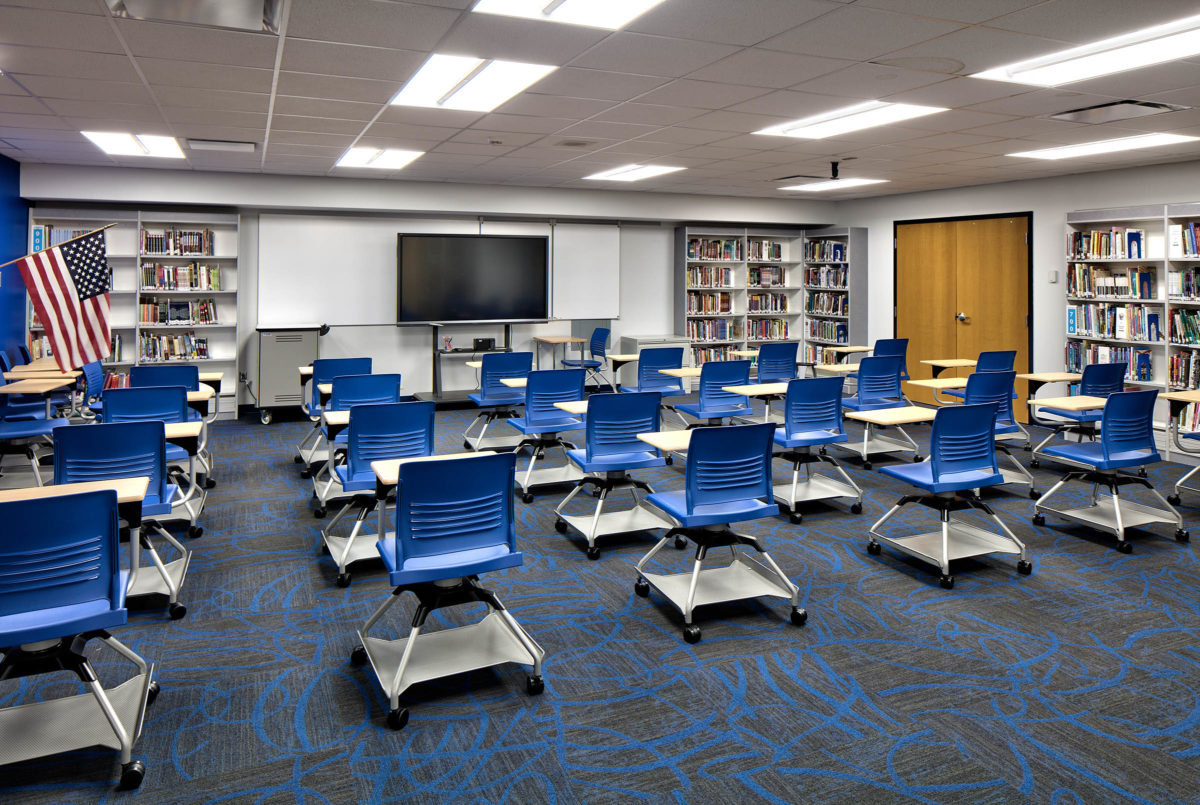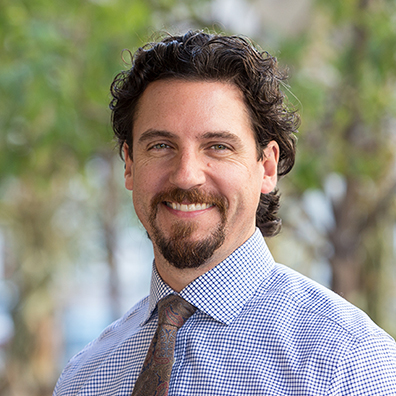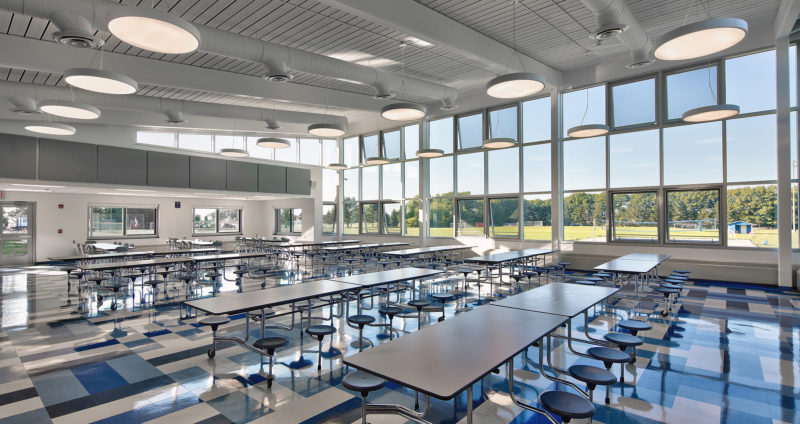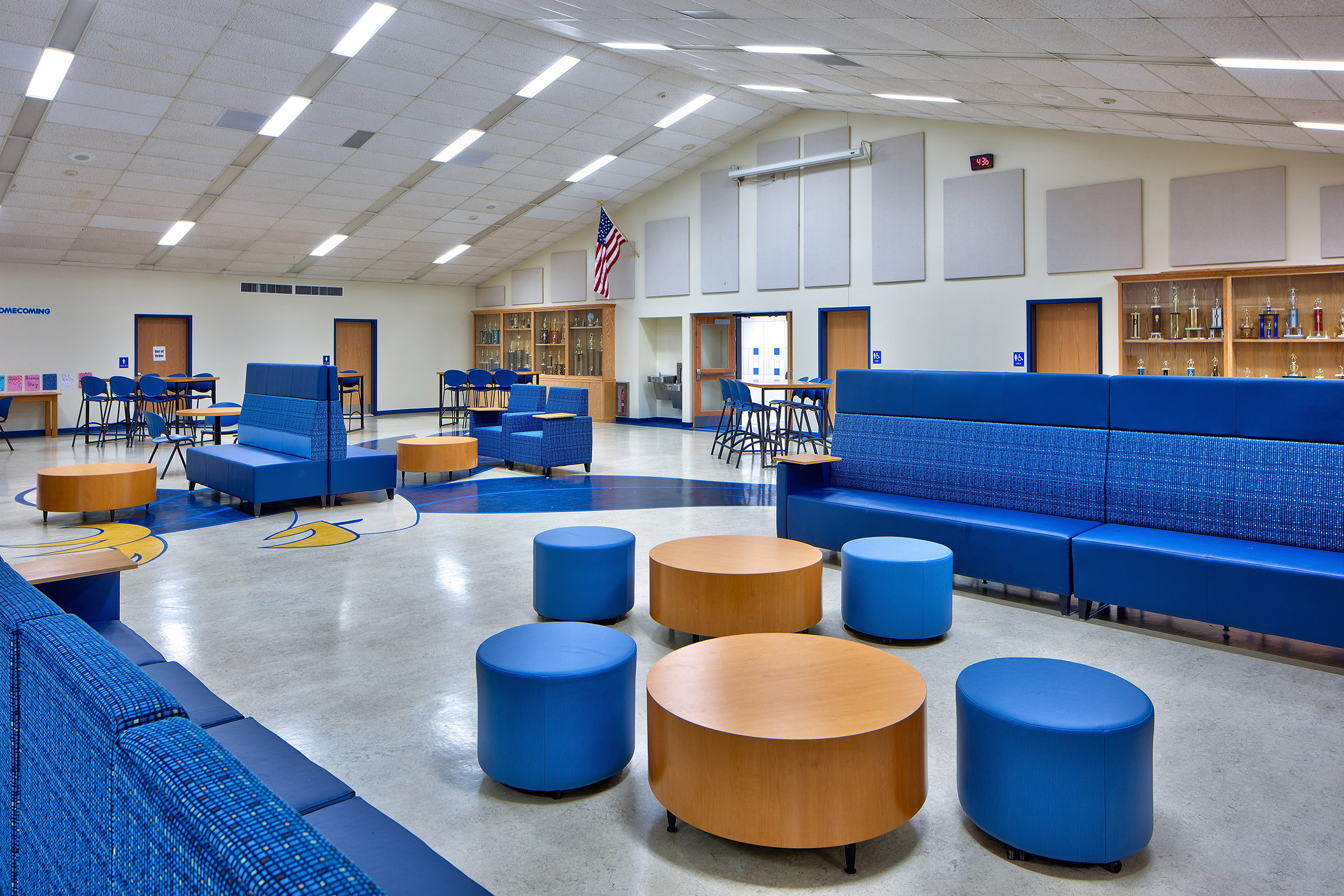Reopening K-12 Schools in New York State

INSIGHT BY

Joseph Kosiorek, AIA, Ed.D | Education Planner
KEY TAKEAWAYS
Teaching Teachers will have to teach at a distance and students need to be kept physically apart. Reopening plans must include mask requirements, desk placement, and social distance guidelines for students.
Testing Teachers and students must be monitored regularly for COVID symptoms. District solutions could include daily questionnaires or temperature taking.
Tracing Districts need a plan in place if a student or staff member tests positive for COVID.
As the New York State Education Department releases its Framework of Guidance for reopening schools for in-person classes, school districts must draft their own compliance plan to keep students and staff safe.
The COVID-19 crisis forced schools across the country to switch their students and staff to online learning to finish out the 2019-20 school year. As New York has managed to slow the spread of the virus, districts across the state are looking for solutions to resume in-person learning for students, starting in the fall of 2020. Reopening plans will focus on three main areas: Teaching, Testing, and Tracing.

Teaching
Social distancing has proven to be vital in slowing the spread of the virus. Flexible spaces are key to enabling teachers to instruct at a distance while complying with NY State Education Department (NYSED) guidelines. Desks will need to be spread out, meaning there will have to be fewer students in each classroom. Desk shields are an option when decreasing the number of students in a classroom might not be plausible, but districts will need to make sure that any acrylic based materials used for temporary barriers meet NYSED Facilities Planning Manual of Planning Standards (MPS).
Traditionally underutilized spaces, such as cafeterias and auditoriums, are another option for keeping students at least six feet apart. Converting these spaces into learning environments will also help eliminate large gatherings such as assemblies or lunch recess, which will now be held in classrooms.
Short-term flexible classroom solutions will also benefit students and the district in the long-term. Flexible learning environments can provide equitable opportunities for students that might not thrive in a traditional learning environment. Smaller or non-traditional classrooms can offer students the individual attention and personalized education plan they need to be successful.
Testing
Like corporations that have started allowing employees to return to the office, districts will need a plan to monitor any staff or student that show signs of the virus. Taking temperatures at every entry point could prove difficult and expensive to staff. Daily questionnaires to monitor for fevers or signs of illness are a less costly and intrusive option. Districts also need to decide if they will require employees to get tested prior to the start of the school year.

Tracing
Contact tracing is a critical step in slowing the spread of the virus. Should someone in the district test positive, there needs to be an incremental sequence plan to contain a potential outbreak. Identify the person infected, the original source of the infection, every person that could have been exposed, and have a notification system in place. Ideally, with less students in a classroom and less group activities in general, only a small number of people will have been exposed and need to be quarantined. An effective tracing plan can be the difference between quarantining one classroom or shutting down an entire district.
Final Thoughts
Parents and students around the country are eager to resume in-person classes in the fall. Although families have appreciated the additional time together, there are many positives associated with the school learning environment. School routines positively impact a student’s cognitive and emotional growth and social-emotional learning is critical for leadership skills. Comprehensive contingency plans will not only help districts meet state guidelines and keep everyone safe, they offer innovative opportunities to provide a more equitable and individualized education for students in the future.
